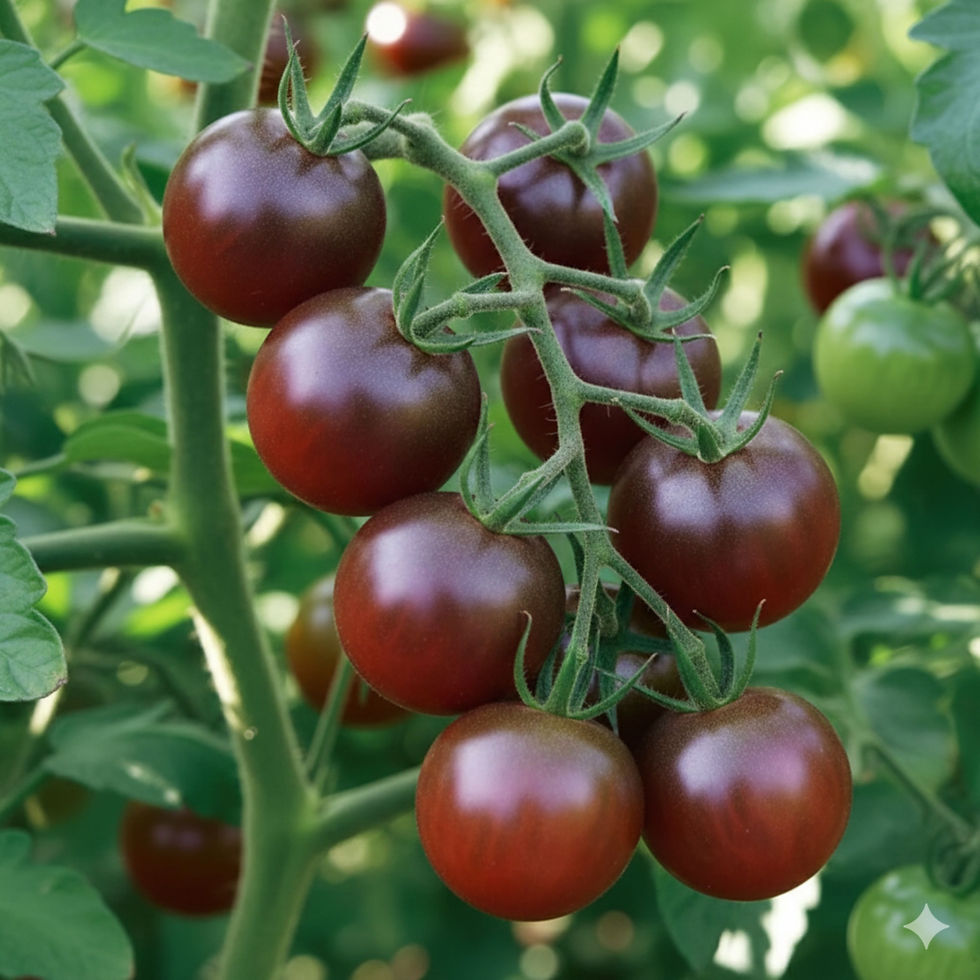Roma Tomato seeds
One of the most popular tomatoes, the Roma is a plum-type tomato that was developed in the 1950s. The goal was to create a tomato that was resistant to certain wilt diseases. They are believed to be a cross between a San Marzano and paste tomato. The past tomato was brought by the Italians so it has also earned its name as the Italian tomato.
Roma tomatoes are typically egg-shaped with thick fleshy walls, and fewer seeds than other varieties. They are ideal for canning and making tomato paste. They are also popular to use for salads.
These do exceedingly well in containers as long as your container is a minimum of 5 gallons. Tomatoes love nutrients so make sure you feed your Romas at least once a week. To prevent end rot, you can purchase magnesium concentrate online or use some tums as a slow-release magnesium supplement. This will ensure you have plenty of healthy tomatoes without any issues. These are resistant to verticillium wilt and fusarium wilt.
Seed count: 20
Solanum lycopersicum





























